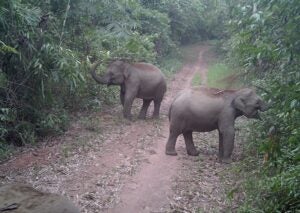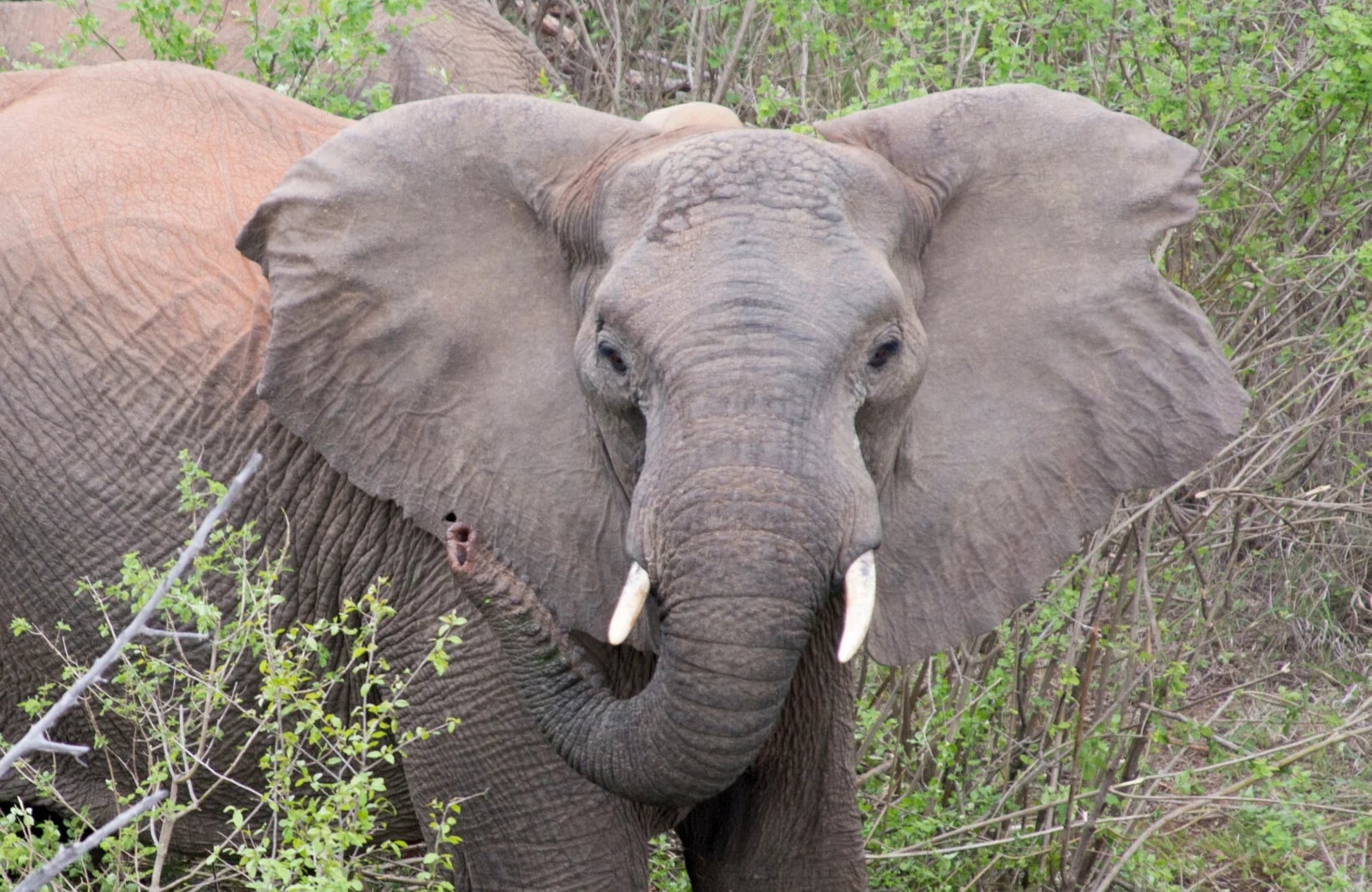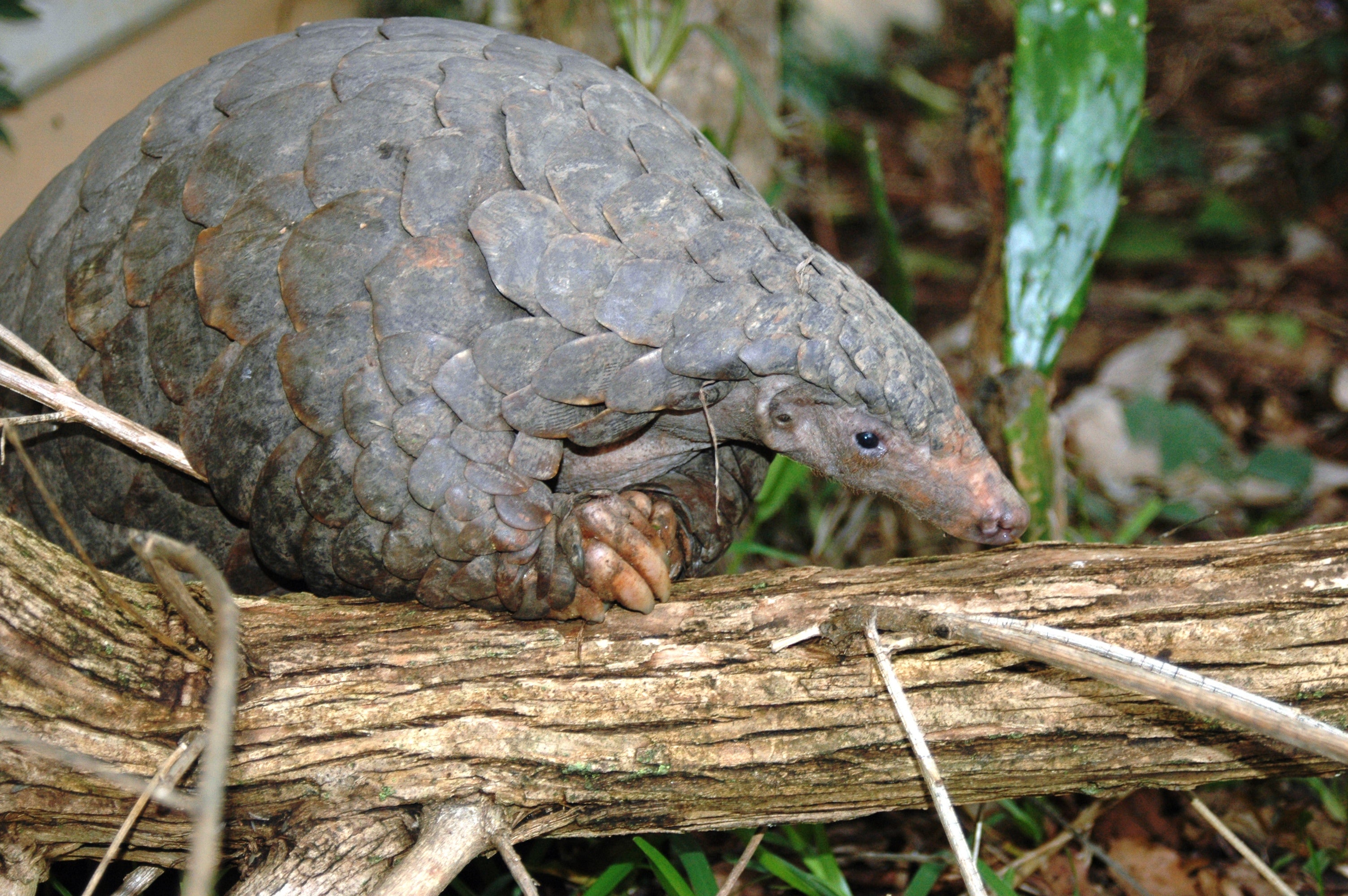
DONG NAI, Viet Nam—Efforts to save Viet Nam’s wild elephants—currently listed as Endangered in the International Union for Conservation of Nature’s Red List are being given a boost by a new collaborative, science-based project including camera trap IDs. The unique project is a joint effort between the government of Viet Nam* and animal protection partner Humane Society International and is part of Viet Nam’s new national elephant conservation action plan to protect the country’s remaining wild elephant herds. By using camera traps to create individual photo IDs and profiles for each animal, while also monitoring human-elephant conflict incidents and conducting elephant distribution surveys, the project aims to better understand elephants, their movements and behavior to help humanely mitigate human-elephant conflict which threatens this endangered sub-population of Asia’s elephants.
Viet Nam’s once thriving population of wild forest elephants has declined from around 2,000 individuals four decades ago to now as few as 100-130. Dong Nai is home to the second largest remaining wild elephant population in the country. Due to its significance, this region has been prioritized for elephant protection, and over the past two years researchers from HSI’s Viet Nam team have used camera traps to build a unique catalogue of the resident elephants, each with their own Vietnamese name and ID card of distinguishing features, behaviors, demographics, body condition and herd grouping. Male adult elephants such as Nga Lech, Cat Tien and Dat Do have been tracked and identified throughout the Cat Tien National Park, the Dong Nai Nature Reserve and the La Nga State-owned Forestry Enterprise of three districts (Tan Phu, Vinh Cuu and Dinh Quan).
The level of detail obtained from the project’s photographs and videos has never been achieved before for Viet Nam’s wild elephants. Among other results, it has enabled researchers to nearly double their estimates for Dong Nai’s sub-population from just 14 to between 25-27 individuals. HSI hopes this extremely encouraging data for Dong Nai’s sub-population might bring good news for a nationwide increase in population estimates should the project be applied across all elephant range provinces in Viet Nam, especially Dak Lak, Nghe An, Ha Tinh and Quang Nam which hold the other largest sub-populations.
Nguyen Quoc Tri, vice minister of the Viet Nam Ministry of Agriculture and Rural Development, said: “Unlike other efforts, this special project with HSI provides us with science-based and practical solutions. From the viewpoint of government management, I highly appreciate the diverse stakeholder engagement that the project has involved, including local communities, researchers and animal protection experts so that both human and wild animal voices are considered carefully as part of each recommendation impacting elephants.”
The joint project not only helps better track and understand this elephant sub-population, it also helps to monitor and better manage human-elephant conflict incidents. Over the past several years, researchers have gathered data on the type of locations where such conflict occurs, the level of conflict experienced, as well as the number and identities of the elephants involved in each incident. The data gathered from community questionnaires as part of an elephant distribution survey has also revealed the true size of the elephants’ home range and those areas shared between humans and elephants.
These initiatives confirm that confrontational deterrent tactics such as hitting elephants with sticks, banging cooking utensils, deploying firecrackers and homemade explosives, or even setting poison, are not only detrimental to elephant welfare but can also make elephants defensive and more aggressive in the presence of people, which further escalates conflict. With so few elephants left, even one fatality due to conflict is a disastrous outcome. Monitoring human-elephant conflict through this initiative will improve mitigation strategies by basing them on a deeper understanding of the wants, needs, habitats and habits of the elephants.
Vo Van Phi, vice chairman of Dong Nai Provincial People’s Committee, said: “Dong Nai Province would love to pioneer new initiatives to protect threatened species. Losing the last Javan rhino in Cat Tien National Park questions and challenges us to save other endangered species to ensure Dong Nai is one of the highest biodiversity hotspots in Viet Nam. Obtaining these promising results for our wild elephants, we sincerely thank MARD/DOF and HSI for their technical and financial support over the last several years.”
Phuong Tham, Viet Nam country director for Humane Society International, said: “Viet Nam’s elephant population is now so small that unless we act fast to protect them, they face the very real possibility of extinction. The Viet Nam government has acknowledged that conservation priority with a very welcome national protection program which HSI is helping to craft, and this Dong Nai project is a key component. With elephants and people competing for limited habitat, conflict situations can arise and even be exacerbated when violent or frightening deterrent tactics are employed. These tactics also treat elephants as perpetrators rather than as stakeholders who need to be understood. With HSI’s new research data, conflict situations can be approached knowing the characteristics, behavior, range and habits of the specific elephants involved, so that custom-designed solutions can be implemented that have a far better chance of promoting peaceful co-existence between people and pachyderms.”
Humane Society International and its government partners (Viet Nam’s Ministry of Agriculture and Rural Development, and the Dong Nai Provincial People’s Committee) formally announced the findings of the camera trap identification work, together with the human-elephant conflict monitoring and distribution survey, at a two-day workshop in Dong Nai on 30-31 Aug. Ten international experts joined with more than 50 Vietnamese delegates to share and discuss the best practices for elephant protection to apply within Viet Nam’s local contexts of small and fragmented elephant populations. It is hoped that the workshop will contribute significantly to assist Viet Nam’s decision makers in identifying which actions to adopt for Viet Nam’s national elephant conservation action plan, which will run from 2023 to 2032, with a vision to 2050. In the meantime, the data gathered and the methodology implemented will continue to provide the foundation for ongoing work in Dong Nai province, and the partners hope that it can be replicated in other elephant range provinces in Viet Nam to learn more about the local populations and mitigate human-elephant conflict across the country.
Download Photos/Video from the Camera Trap
ENDS
Media contacts:
- Wendy Higgins, HSI’s director of international media, whiggins@hsi.org
- Mai Nguyen, senior wildlife manager of HSI in Viet Nam, maitn@hsi.org,


